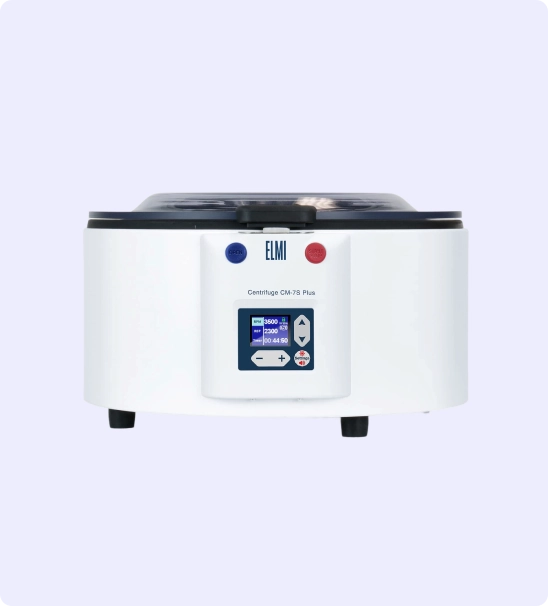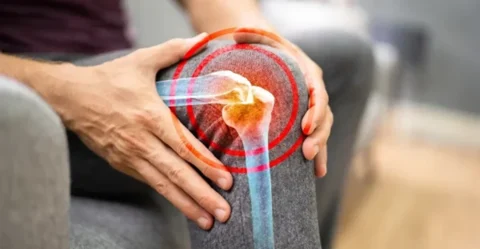PRP therapy is one of the most common hair loss treatments today because it’s a safe and effective solution to pattern baldness. Although the treatment has minimal side effects, patients should still be aware of the possible complications they might experience, such as shock hair loss in the treated areas.
So is hair loss normal after getting a PRP treatment for hair restoration? Yes, temporary hair loss for a few weeks after the PRP injection therapy is normal because it’s the treatment’s way of stimulating hair growth. However, it may also be a sign of worsening hereditary hair loss so it’s better to get the hair loss condition checked by a reliable medical professional.
Is Hair Loss After PRP Therapy Normal?
Hair loss is a common problem for millions of American adults every year. While most cases of hair loss don’t have a severe impact on their health, many patients suffer from anxiety and emotional stress caused by their male or female pattern hair loss. Luckily, there are effective treatment options to help bring back their thick and long locks – like PRP treatment for hair loss.
Platelet-rich plasma therapy is a safe and promising treatment option for hair loss patients who aren’t qualified or ready for hair transplant surgery yet. However, stories about shocking hair loss after PRP therapy make some patients hesitate about having PRP treatments for hair loss conditions.
But shock loss after PRP treatment shouldn’t be a huge concern for many patients since it’s a common side effect that allows the procedure to grow healthier and stronger hair strands.
How PRP Therapy Works
Understanding how PRP therapy works to fight hair loss is essential in knowing why patients experience shock hair loss after their treatment. Platelet-rich plasma therapy (or PRP therapy) is a type of regenerative medicine used in treating lots of different medical conditions and cosmetic issues, including female or male pattern baldness (androgenic alopecia) and alopecia areata.
When utilized as a hair loss treatment, PRP is derived from the patient’s blood sample and injected into the parts of the scalp with thinning hair. The blood sample is first drawn from the patient’s blood vessel in the arm. It is then processed in the centrifuge, separating the platelet-rich plasma layer from the red blood cells, white blood cells, and platelet-poor plasma.
The growth factors found in the platelet-rich plasma improve blood flow in the scalp, promote cell growth, and boost collagen production for active hair growth. This results in a reduction in hair loss, improved hair thickness, and increased hair count.
As the PRP is injected into the treatment areas on the scalp, some of the hair follicles undergo their anagen phase. This requires the hair bulbs to push out the old hair strand and make way for a new one that’s thicker and healthier.
Why Some Patients Experience Temporary Hair Loss
Several clinical studies show that hair shedding is a common response of the scalp to platelet-rich plasma therapy and other hair restoration treatments. But in some rare cases, hair loss is a sign that the PRP injections worsened the patient’s androgenetic alopecia.
When this happens, patients should seek help from an aesthetic clinic immediately and let their PRP treatment provider know about the type of hair loss they have and how well their treatment progress is.
1. PRP Stimulates Hair Growth
Hair loss patients experience some shedding after most types of hair loss treatments, like hair transplantation, PRP therapy, and other hair restoration techniques. These procedures activate the hair follicles and boost healthy hair growth. Each hair follicle follows a cycle from its growth until the old hair shaft falls out:
- Anagen Phase – This is when new and native hairs start showing as the dermal papilla and hair bulb undergo cell division. The anagen phase lasts for about 3 to 10 years.
- Catagen Phase – This transitional phase causes the cell division to stop and the melanocytes to finish pigment production.
- Telogen Phase – This resting phase usually takes about 3 to 4 months. It also marks the end of the hair growth cycle. The strands of hair that fall from the scalp are in their telogen phase.
After the patient undergoes a hair restoration treatment like PRP therapy, their hair follicles are stimulated to start their anagen phase. But most of these hair strands need to get to the telogen phase first before growing new hair, causing patients to experience shocking hair loss.
However, it’s also important to remember that hair shedding shouldn’t be used as a measurement of how successful a hair loss treatment is. It’s still important to see your provider or dermatologist who will monitor the treatment’s progress.
2. PRP Speeds Up Hereditary Hair Loss
Another possible reason why some patients experience sudden hair shedding after their PRP treatment is that the injections accidentally worsened the underlying hereditary hair loss. In rare cases, platelet-rich plasma injections may trigger telogen effluvium – a condition in which the hair follicles are stuck in their telogen phase and don’t move into the anagen or growth phase.
While this side effect is rare for patients who undergo PRP therapy for hair restoration, it’s still important to consult an expert who can accurately diagnose the cause of hair loss and recommend the appropriate treatment option. They should also consider other medical conditions that may affect the patient or their treatment.
How Often Patients Experience Shock Hair Loss
Hair shedding after a PRP treatment is actually more common than most people think. Patients usually notice their hair loss about 6 weeks after the treatment session and it lasts for about 8 to 10 weeks.
Although hair loss is common, it’s still important to talk to your PRP hair treatment provider about it, especially if you’re anxious about the shedding. They use a hair check trichometer to determine the hair mass index (HMI) and check if the treatment is still on the right track.
Are You a Good Candidate for PRP Hair Loss?
Since PRP hair loss treatment is a minimally invasive procedure, most patients suffering from alopecia are qualified for this. Those with good overall health and lifestyle may experience the best hair restoration results, so you should be willing to lead a healthy lifestyle after the procedure.
Some of the best candidates are also those patients who are in the early stages of hair loss. Patients with severe hair loss may still experience significant improvement, but it might be difficult to restore the previous state of their scalp with PRP injections alone.
Additionally, the patients with hair loss aren’t qualified for PRP hair treatments if they:
- Are currently receiving blood-thinning medications
- Are chain smokers
- Have a medical history or family history of certain medical conditions like blood diseases that might affect the treatment
How to Take Care of the Scalp After PRP Hair Loss Treatment
Although hair loss after PRP treatments are common, there are still a few things patients can do to speed up the healing process and minimize shedding as well as other mild side effects after their treatment session.
- Wash your hair with gentle shampoo after 24 hours.
- Avoid rubbing or pressing the treated areas too hard. Just pat it with a towel to dry.
- Make sure to take the right dosage at the right time especially if the doctor prescribed additional oral medications to enhance the effects of PRP therapy for hair loss.
- Take Tylenol to alleviate scalp pain or discomfort after the treatment. Avoid ingesting a blood-thinning medication or anything that has anti-inflammatory properties.
- Avoid strenuous exercises and exposure to sun and hot environments for the first 48 hours. You can return to your daily routine, but make sure to keep all physical activities light.
- Don’t drink caffeine or alcohol for a few days after the treatment to avoid slowing the recovery process.
Stop Hair Loss Symptoms with Hair Treatment Products from FACE Med Store
PRP injections are a promising treatment for hair loss, but some of their side effects make patients worried about the procedure. At FACE Med Store, we help our partner clinics and healthcare providers offer the best PRP therapy and other hair loss solutions by supplying them with high-quality medical tools needed for the treatment.
We also sell safe and effective hair restoration supplements and solutions to help hair loss patients enhance the effects of their PRP hair regrowth treatment. Contact us now to learn more about our products and the deals we offer.
















